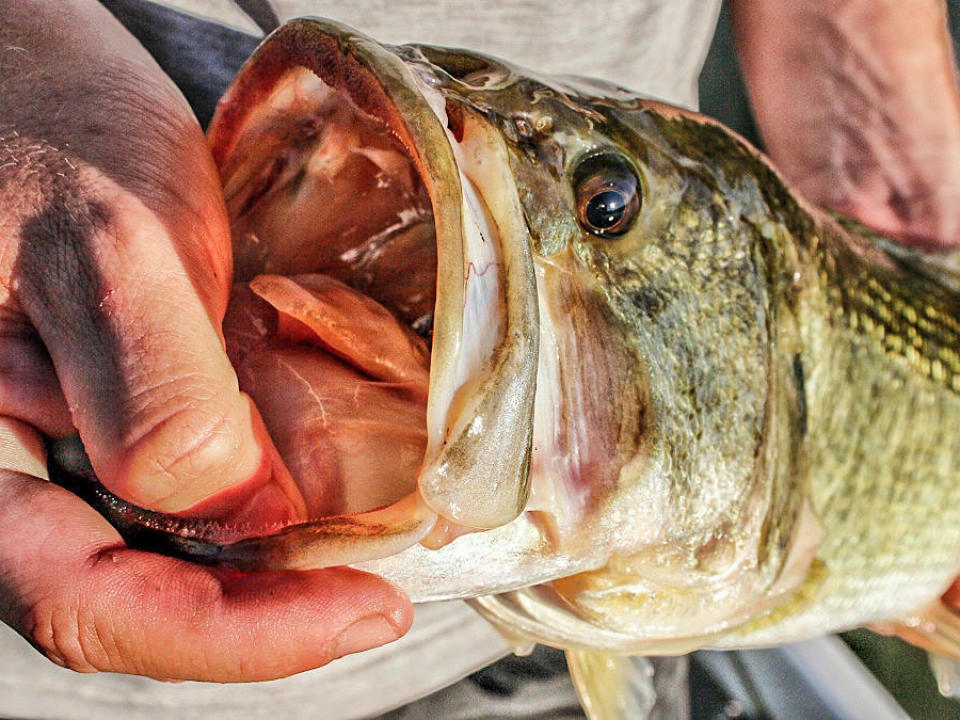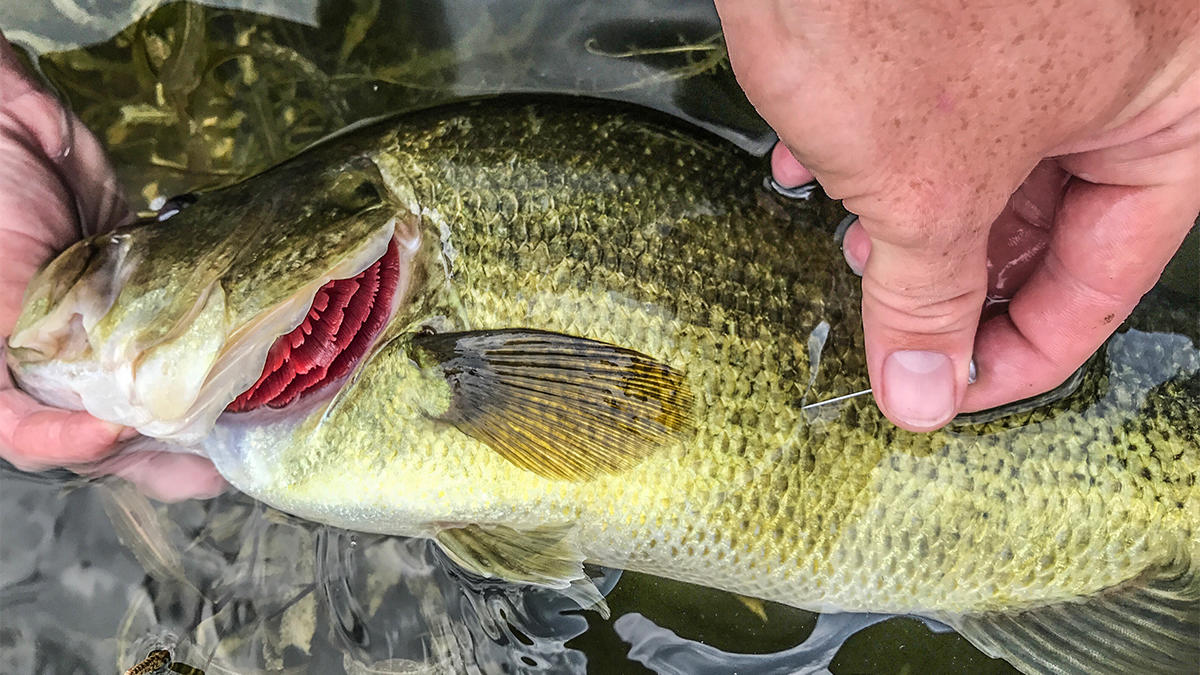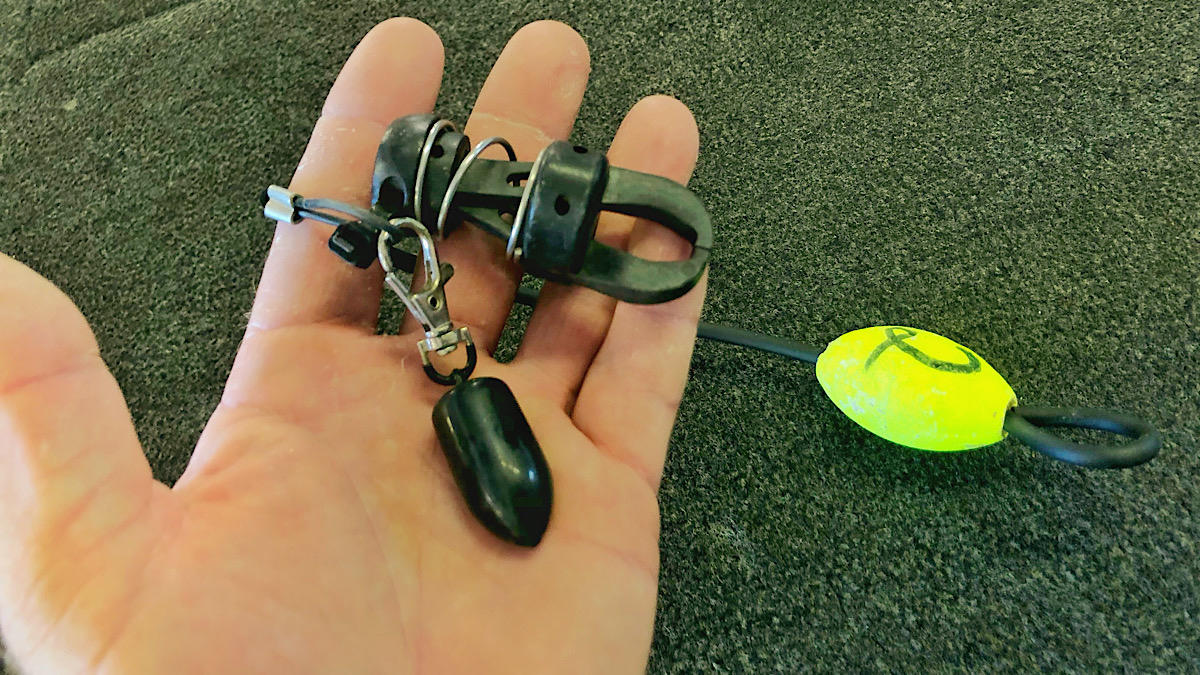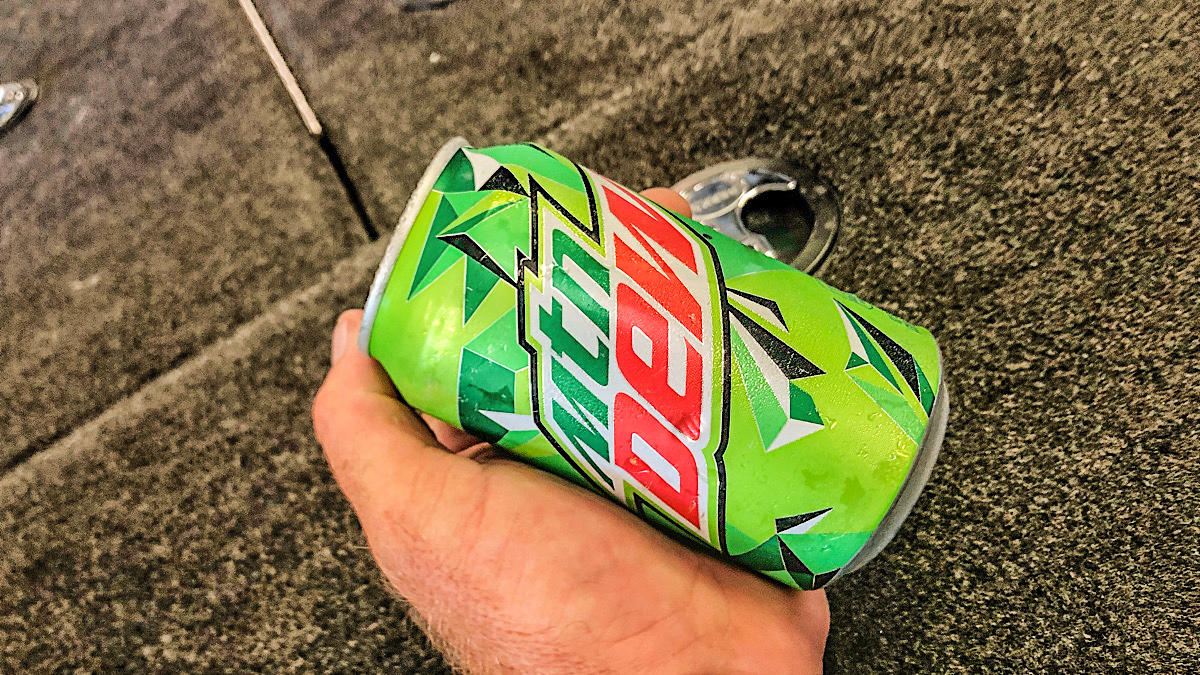
As summer sets in, keeping fish alive can be a real challenge. Whether you're fishing a tournament and needing to keep them healthy for hours until weigh in, keeping a fish for only a bit to be able show a buddy or even if you're practicing immediate catch and release, there are certain things that can happen to jeopardize the fish's well being so it's best to take every precaution possible to keep them alive.
At times, there are even rare instances where the fish is better off in your care for a little while than immediately releasing it. And if you have the right tools onboard to administer first aid, you can actually save some of those fish that might have otherwise died if they were immediately released. My tournament partners and I have saved dozens of fish that were in bad shape over the years with some of these tools and techniques. So let's take a look at them now.
Fizzing needle

Now there is a little controversy around this one but the majority of anglers agree that this is a great way to give some deep-water fish the best chance possible to survive. For those who don't know what a fizzing needle is or what it's used for, let me briefly explain. A bass has an air bladder, or swim bladder, that it can inflate and deflate in order to live and swim comfortably at different depths.
When bass are pulled up quickly from deep water, the rapid change in pressure makes it difficult for them to regulate this air bladder and it can become overinflated. Then, whether you put the fish back into the lake or put it over into the livewell, the fish will roll over as its overinflated air bladder rises to the surface. This disorients the fish and typically kills it. If you have a fizzing needle though, you can "fizz" the fish by inserting the needle into the fish's air bladder. You can find more on how to actually fizz a fish here.
Belly weights

Using belly weights is a great alternative to fizzing a fish and a useful tool to have in the boat for fish that don't even need fizzing. Sometimes, fish just have a hard time righting themselves in the livewell after a fight in particularly hot water. Clipping heavy weights on the fins along the belly of a bass helps them sit upright in the livewell, which is the natural and most opportune resting position for a bass to be able to orient and breathe well. If a fish is constantly trying to right itself, it quickly wears out and can die. Sometimes even upon the immediate release of a fish, you'll see it do this along the surface. In this case, it can be very helpful to recapture the bass and put it in the livewell with belly weights for a bit until it can recuperate. That is, as long as the livewell is setup correctly, but we'll talk more about that in a few minutes.
You can find these belly weights online or you can actually make them yourself. I've taken heavy catfish weights, small alligator clips and a little JB Weld before and made a handful of them fairly cheaply. The only drawback with those is they eventually rust being in and out of the water so much and the clamp of spring weakens to where they fall off a lot. My favorite version of these are the T-H Marine G-Force Culling System Weights that actually clip onto your cull balls instead of the belly of the fish. But I'll still often use these in tandem with the belly weights so the front and back of the fish stay pinned to the bottom of the livewell.
Livewell treatment

Using a livewell treatment is another great way to help a fish recuperate, whether you're trying to keep it alive until weigh in or you just want to try to help a fish that's struggling before releasing it. T-H Marine G-Juice is what I typically use. It has instructions on the packaging that give you a guideline for how much to use based on how many gallons of water your livewell will hold.
I'm not sure of the exact science behind G-Juice and other similar additives, but I do know it works. One of the more interesting and definitive ways that I have seen this is that it will actually calm the fish down that are in my livewell. I have seen fish also go into the livewell struggling a bit and then be in much better shape by the time weigh in comes, but that could have as much to do with some of the other precautions I'm taking as it does with the G-Juice. But the way I know G-Juice definitely helps is that it calms them down.
Throughout the day, I'll hear the fish start to cut up and splash around a lot in the livewell. Then when I go back to check on them the telltale blue tint to the water has diluted as some of my treated water has gone out of the overflow and new water has been pumped in. I'll the add a little more G-Juice and the fish stop splashing around as much. This commotion is often a sign that the fish are struggling and its also a good indication that the oxygen may be low. So turning the aerators on constant or turning the oxygenator on if you have one is another good idea when you hear them splashing around.
Ice... but the right kind

I want to stress here from the onset that I'm not a big fan of just dumping straight ice into a livewell. I think we can certainly over do it here and I've seen several anglers add ice to the point that it's detrimental and, in my opinion, has killed fish that wouldn't have died otherwise. Dumping two bags of ice into each livewell on top of fish can change the water temp 10 or 15 degrees in a matter of seconds and this can be too much for an already struggling bass to cope with. Not to mention the effects of that much chlorine being added to the water.
The best way to do it, again in my opinion, is to have the water in the condition in which you want it before the fish enters the well. And to try to keep it in that optimal range or adjust it gradually throughout the day. Ideally, you'd like the water temps in the livewell to be the same as the water temps you're pulling the fish out of. For anyone who has ever jumped into a lake before, you know that when you plunge into that that 7- or 8- foot depth you hit some drastically cooler water. It's not always possible to have it that cold but any effort to have it fairly close is vital for the fish's survival.
Using reusable ice packs that don't release chlorine into the water like regular ice would is one great way to cool the water down without shocking the fish. I also like to take G-Juice and add it to bottled water, then freeze the bottles and add these to the livewell throughout the day. I'll have 8 or 10 in the ice chest at the start of a particularly hot day and just add one every our or so to melt off like a giant ice cube and gradually release more additive to the water as some sloshes out the overflow.
Mountain Dew

Certainly the strangest tool on the list but something many anglers swear by and my dad has even had success with recently. Mountain Dew can keep fish alive at times. If you hook a fish deep in the throat or in the gills and it starts to bleed, it can be a death sentence in the summer months. Pouring a little Mountain Dew on the injury seems to heal the fish and stops the bleeding in my personal experience. I assume there's some sort of coagulating effect of the soda that causes the blood to clot. But however it works, it seems to work for me. But it's important to note that some disagree.
All these tools, tips and tricks have been vital for myself and other anglers for years that like to make every effort to keep fish alive and protect the resource. Which I full believe is what we are called to do first and foremost as anglers. We love the sport and if we want it to be able to sustain the growing interest we're seeing in it, we have to do all we can to keep the fish we catch alive. Hopefully some of these are new tools you can use to help us be the best conservation community we can be.
June 21, 2021 at 11:00AM
https://ift.tt/3iUcpFS
5 Crucial Tools for Summer Fish Care - Wired2Fish
https://ift.tt/35JkYuc
Fish
No comments:
Post a Comment